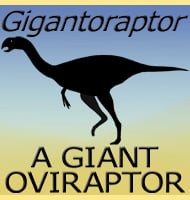Brontosaurus
In Depth The turbulent history of Brontosaurus For well over one hundred years there was a great question asked amongst dinosaur enthusiasts; is Brontosaurus actually Apatosaurus? Well this all began in a period of American paleontological history dubbed the ‘bone wars’, a fierce rivalry between two men named Edward Drinker Cope and Othniel Charles Marsh. … Read more



